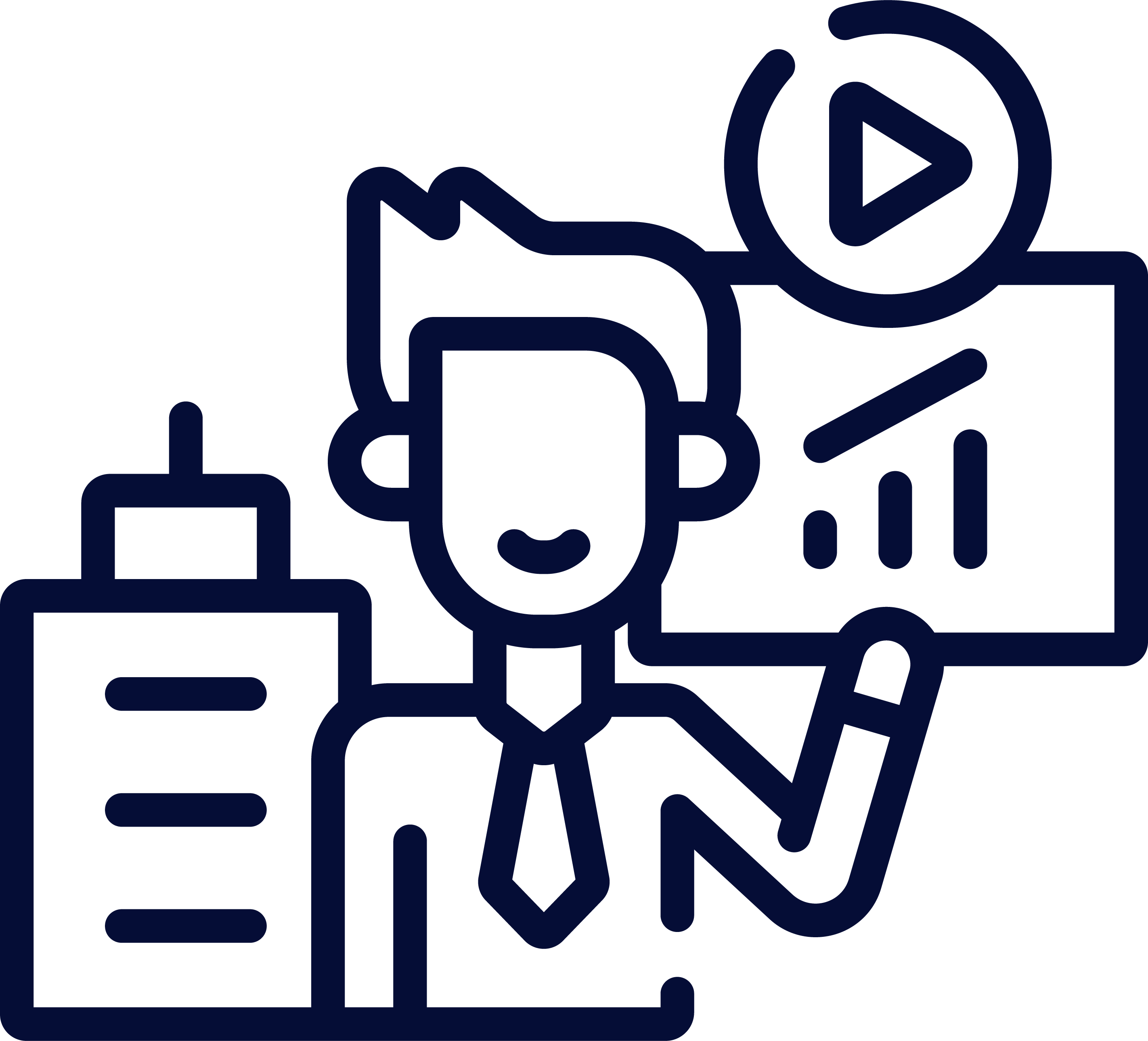Artificial intelligence implementations continuously reshape operational frameworks and competitive positioning. In such a climate, one critical imperative stands poised to fundamentally impact your organizational success: the strategic alignment between AI investment and workforce readiness. Kyndryl’s inaugural People Readiness Report 2025 reveals a startling disconnect—while 95% of businesses have invested in AI technology, 71% of leaders admit their workforce remains unprepared to harness AI’s transformative potential.
Your organization operates within an ecosystem where technological advancement outpaces human capability development, creating strategic vulnerabilities that can undermine competitive positioning and operational effectiveness. This comprehensive analysis of Kyndryl’s groundbreaking research exposes the critical fault lines in contemporary AI transformation narratives and demonstrates why workforce readiness must become your strategic priority.
Understanding Kyndryl’s Strategic Market Position and Research Authority
Kyndryl designs, builds, manages, and modernizes mission-critical technology systems that global enterprises depend on daily. As a leading provider of enterprise technology services, Kyndryl possesses unique insights into how organizations implement and scale technological capabilities across diverse operational environments. Your enterprise benefits from understanding that this research emerges from extensive engagement with organizations navigating complex AI transformation challenges.
The 2025 People Readiness Report represents Kyndryl’s inaugural comprehensive study examining how executives prepare their workforces for AI-driven operational futures. This research identifies a small group of high-performing organizations—designated as “AI Pacesetters”—that have successfully aligned workforce development, technology implementation, and growth strategies to deliver measurable results. Your organization can leverage these insights to understand the strategic frameworks that differentiate successful AI implementations from those that fail to achieve anticipated outcomes.
The Critical Disconnect: AI Investment Versus Workforce Capability
Your enterprise faces a fundamental paradox that characterizes contemporary AI transformation efforts. While widespread AI investment demonstrates organizational commitment to technological advancement, 71% of leadership acknowledges that their teams lack the preparedness to effectively leverage these sophisticated capabilities. This disconnect represents more than an implementation challenge; it constitutes a strategic risk that can undermine competitive positioning and operational resilience.
The workforce readiness challenge manifests differently across industry sectors, with healthcare organizations reporting 81% unpreparedness for AI implementation, while telecommunications, traditionally viewed as technology-forward, acknowledges 78% workforce readiness deficiencies. Your organization must recognize that these statistics reflect systemic challenges that transcend individual industry characteristics or organizational cultures.
The implications extend beyond immediate operational concerns. When your workforce cannot effectively utilize AI investments, you create environments where technological capabilities remain underutilized, competitive advantages remain unrealized, and strategic positioning deteriorates relative to organizations that successfully integrate human capability development with technological advancement.
Talent Management Crisis: The Skills Gap That Threatens AI Success
Your organization confronts a talent management crisis that fundamentally challenges traditional approaches to workforce development and strategic planning. More than half of the surveyed organizations acknowledge a lack the skilled talent necessary to manage AI implementations effectively. This talent deficit creates cascading effects that impact every aspect of AI transformation, from initial deployment through ongoing optimization and strategic expansion.
The skilled talent shortage manifests through multiple operational dimensions. Your technical teams may lack the specialized expertise required to configure, maintain, and optimize AI systems for maximum organizational benefit. Your management layers may struggle to make informed decisions about AI investment priorities, implementation timelines, and performance measurement frameworks. Your operational staff may resist or inadequately utilize AI-enhanced processes, reducing anticipated productivity improvements and competitive advantages.
This talent management challenge requires comprehensive workforce development strategies that address both immediate skill gaps and long-term capability building requirements. Your organization must invest in continuous learning frameworks, specialized training programs, and strategic recruitment initiatives that build sustainable AI competency across all operational levels and functional areas.
Leadership Misalignment: When CEOs and Tech Leaders Diverge on AI Strategy
The Kyndryl report exposes significant misalignment between CEO perspectives and IT leadership regarding organizational AI readiness. This strategic disconnect creates operational inefficiencies, resource allocation challenges, and implementation delays that can undermine comprehensive AI transformation efforts.
Your organization experiences these alignment challenges when executive leadership maintains optimistic assessments of AI readiness while technical leadership recognizes implementation complexities, infrastructure limitations, and workforce capability gaps. This misalignment affects strategic decision-making, budget allocation, timeline development, and performance expectation setting across AI transformation initiatives.
The consequences of leadership misalignment extend beyond internal operational challenges. When your executive team and technical leadership operate from different assumptions about AI readiness, you create environments where strategic initiatives lack coherent direction, resource allocation becomes inefficient, and organizational messaging becomes inconsistent. These factors collectively undermine stakeholder confidence and competitive positioning in AI-driven market environments.

Employee Resistance: Overcoming the Human Factor in AI Adoption
Perhaps most concerning for organizational leaders, 45% of CEOs report that employees actively resist or demonstrate hostility toward AI technology implementation. This resistance represents a fundamental challenge that can neutralize technological investments and prevent organizations from realizing anticipated competitive advantages.
Your workforce resistance stems from multiple psychological and practical factors. Employees may fear job displacement, feel overwhelmed by technological complexity, or lack confidence in their ability to adapt to AI-enhanced operational processes. These concerns create environments where technological capabilities remain underutilized, productivity improvements fail to materialize, and organizational transformation stagnates despite significant investment.
Addressing employee resistance requires comprehensive change management strategies that acknowledge legitimate concerns while building confidence and competency. Your organization must develop communication frameworks that clearly articulate AI’s role in enhancing rather than replacing human capabilities, provide extensive training and support resources, and create incentive structures that encourage active engagement with AI-enhanced processes.
Critical Fault Lines Exposed: The AI Transformation Paradox
The Kyndryl People Readiness Report illuminates fundamental fault lines that characterize contemporary AI transformation efforts. Only 21% of organizational leaders successfully integrate AI into products and services, while just 40% apply AI capabilities to strategic decision-making or growth initiatives. These statistics reveal that most organizations fail to move beyond experimental AI implementations to achieve comprehensive operational integration.
Your enterprise must understand that these fault lines represent systemic challenges rather than isolated implementation problems. The disconnect between AI investment and workforce readiness creates operational environments where technological capabilities cannot be fully leveraged, competitive advantages remain unrealized, and strategic positioning deteriorates over time.
The transformation paradox manifests when organizations invest heavily in AI technology while neglecting the human capability development required to maximize these investments. This approach creates operational inefficiencies, reduces return on investment, and can decrease organizational performance relative to more strategically aligned competitors.
Strategic Imperatives for AI-Driven Organizational Success
Your organization must approach AI transformation with comprehensive strategies that prioritize workforce readiness alongside technological capability development. The distinction between organizations that achieve sustainable AI-driven competitive advantages and those that experience implementation failures increasingly depends on how effectively they align human capability development with technological advancement.
Forward-thinking enterprises recognize that AI transformation requires a fundamental reimagining of workforce development, training programs, change management processes, and organizational culture. Your success depends on creating environments where employees view AI as an enhancement to their capabilities rather than a threat to their roles, where technical and executive leadership maintain aligned strategic visions, and where workforce development receives equal priority with technological investment.
The time for incremental approaches to AI workforce readiness has passed. Your organization must move decisively toward comprehensive transformation strategies that address technological implementation, workforce development, change management, and cultural adaptation simultaneously. Those that delay comprehensive workforce readiness initiatives risk finding themselves at significant competitive disadvantages as more prepared organizations harness AI capabilities to achieve sustainable operational excellence and market leadership.
Accelerating Your AI Workforce Transformation
As AI technologies become increasingly sophisticated and competitive pressures intensify across all industry sectors, your organizational success will depend on how effectively you align workforce readiness with technological capability. The Kyndryl People Readiness Report 2025 provides clear evidence that technological investment alone cannot deliver anticipated AI transformation benefits without corresponding workforce development initiatives.
Your enterprise must approach AI transformation with strategic clarity, comprehensive workforce development planning, and sustained commitment to organizational change management. The organizations that successfully navigate this transformation will be those that recognize workforce readiness as a strategic imperative rather than a tactical consideration, creating sustainable competitive advantages through the intelligent integration of human capability and technological advancement.




